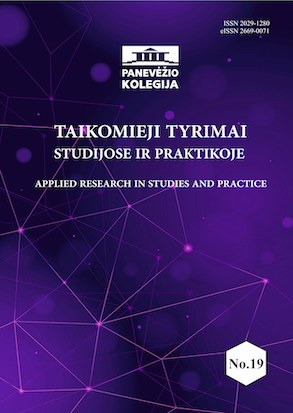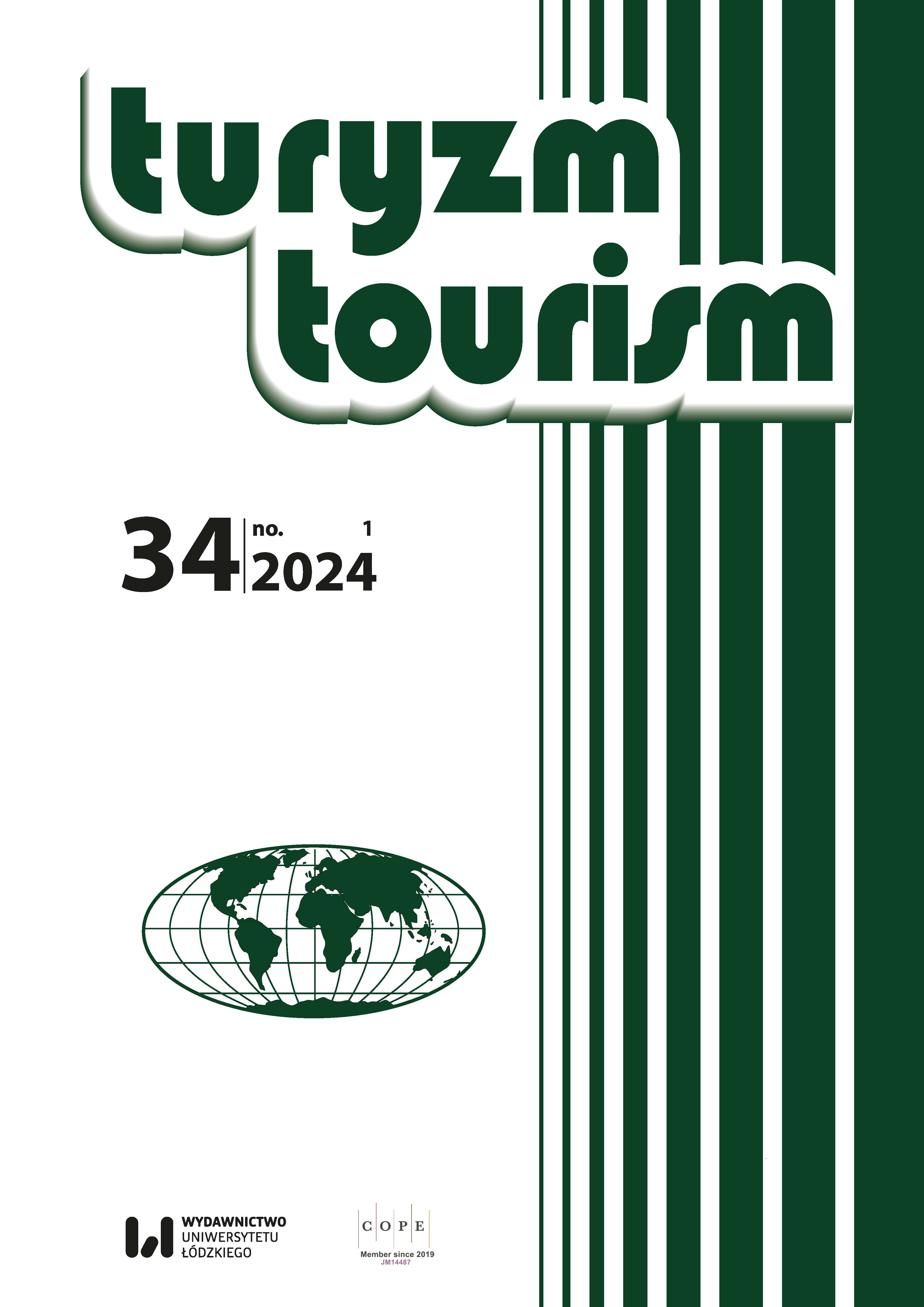Author(s): Elena Jakimovski,Strahil Gazepov / Language(s): Macedonian
Issue: 4/2024
The excerpt delves into the multifaced challenges associated with vision impairment in the elderly and proposes and proposes a comprehensive approach to addressing these issues. Highlighting the profound impact and techniques for examining, diagnosing and treating certain diseases are increasingly affecting them. Vision loss affect many people, especially those over 50 and one in four over 80. General practitioners play a key role in identifying people at risk of vision loss advising patients on disease- specific treatment. The most common causes of vision loss in elderly patients are -related macular degeneration, glaucoma, ocular complication of diabetes mellitus, and age- related cataracts. Physicians in regular contact with the elderly can help minimize vision in this patient group by being alert to sign and symptoms of age -related eye disease. This paper as well as its diagnosis and treatment. The diagnostic instruments described in this paper rely on complex technology, produce a vast array of data, and often beautiful images. A detailed anatomical and functional examination of the eye, can be done with the examination equipment, instruments. The purpose of this research is to note which group of respondents is most affected, by which diseases and conditions, what can be done regarding the treatment of the disease, recommendations and advice. Anamnesis is a very important factor and is always applied before starting anything else, from here we can get a lot of important information. The examination of diseases and visual acuity is done with objective and subjective methods, performed by an optometrist, ophthalmologist or an expert in that field. There are several methods and instruments, including refractometry, retinoscopy, ophthalmoscopy, tonometry, OCT, gonioscopy, perimetry, vision testing with amsler grid and others. We have 28 subjects with cataract, considering that we are doing an examination in an older generation, the same condition and the numbers is not surprising, then we have 20 subjects each with glaucoma and diabetic retinopathy, 10 with dry eye and AMD, 6 patients with central retinal occlusion vein, and small numbers of subject with central retinal artery occlusion, temporal arteritis as well as anterior ischemic optic neuropathy. Most patients cope better the situation, although occasionally some patients find it difficult to accept. Therefor, the purpose of this research is to find out the numbers of diseases in the elderly, to prevent vision damage in time by using glasses, lenses or operative grips, if necessary. Patient education is essential, sometimes the disease can be congenital or acquired during the life process, as a consequence of some illness or injury, but it should be taken into account that there is treatment for condition with every timely call to a professional. Through the examinations, ophthalmologists have a complete picture of the complete condition of the patient and thus they react to a specific situation.
More...
















